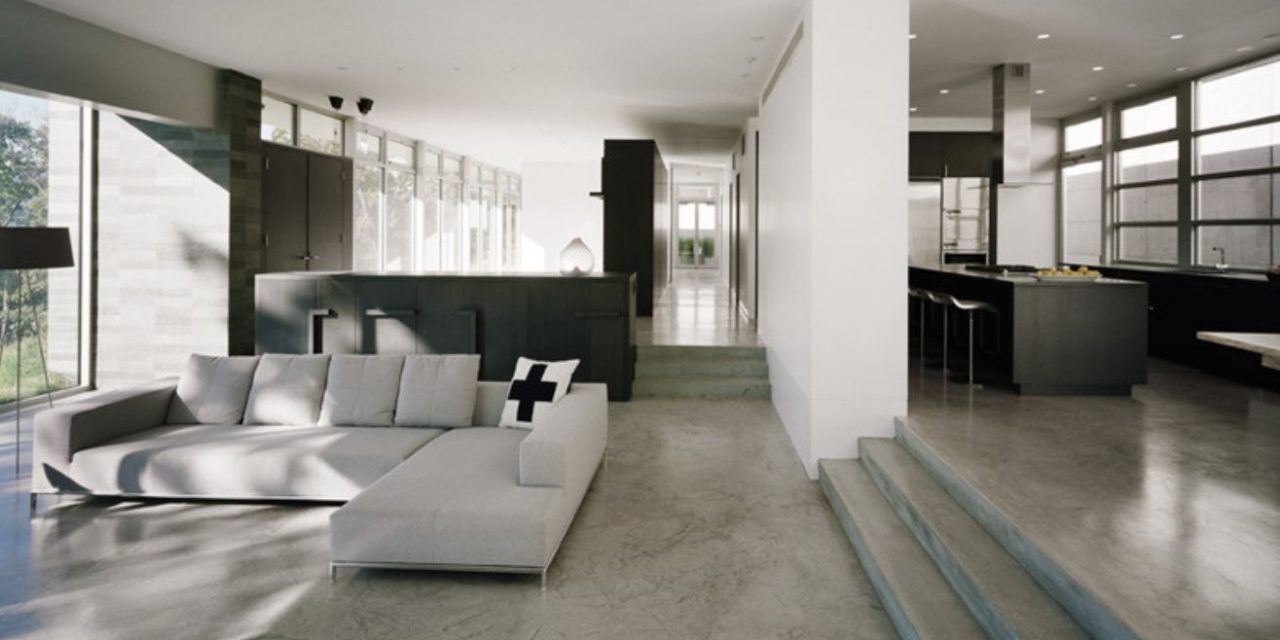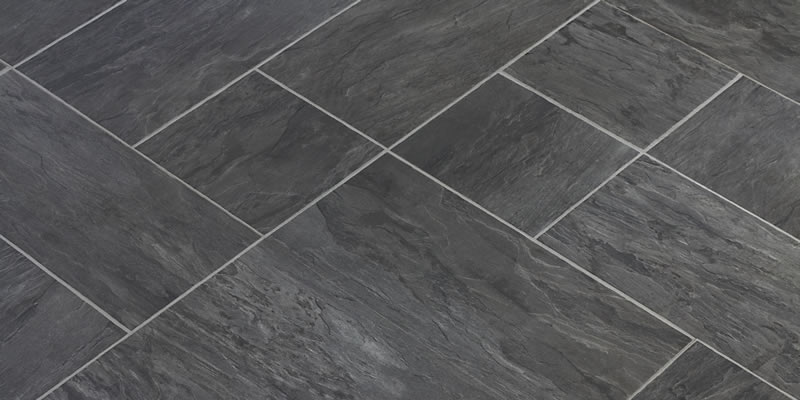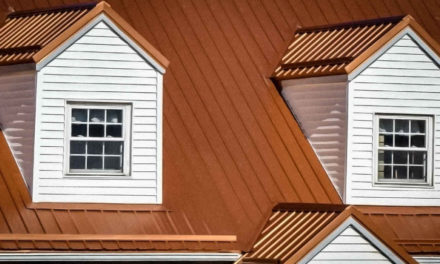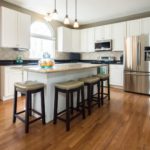Floor levelling is crucial to make sure your floor is safe and will last for a long time. A poor levelling job will create undulation and cracks, which can ruin a floor’s aesthetics and invalidate warranties. To avoid that, the best method to placing the floor correctly is a self-levelling floor.
Self-levelling Concrete Floor
Self-levelling concrete is a dense polymer-modified material. It runs across the floor, creating a smooth and uniform surface with less effort than standard concrete. It is an excellent option to flatten existing tiles, plywood and concrete floors before placing new flooring.
Self-levelling concrete creates a flat surface that is excellent to underlay for other floors, as it is really strong. It can also be used alone as a flooring option. It can be used on top of non-flexible surfaces, like a vinyl plank, plywood and ceramic tiles. Sel-levelling concrete dries fast and can be even stronger than regular concrete. As it dries quickly, its application can be tricky. It requires experience and specific equipment to pump a sufficient quantity of cement material. This material is a combination of a cement base, superplasticizers, combined polymers and some modifiers. This allows the self-levelling floor material to be liquid when pouring and drying quickly to hardened concrete. Said modifiers can also add characteristics to the flooring, such as strength and resistance to chemicals if calcium aluminate is used. For the right blend and installation, you will need a good quality self-levelling concrete and a skilled professional to do the job.
Why Is The Floor Unleveled?
Floors can be hard to level. Sometimes the contractor might not be as meticulous and skilled as desired. Sometimes it is not a matter of who is doing the job, but the equipment used to finish the task. Concrete contractors usually need to operate under specifications related to other builders. This means they often have to calculate flooring with shores, and when the flooring contractors are going to start working, sometimes there are declinations on the floor or curling at the hinges. You will also have to deal with moisture. Not waiting for the concrete slab to dry properly before applying impermeable flooring means a significant chance of an unlevelled floor. But choosing to wait until it completely dries can delay the whole work since it can take weeks (and even months.)
Does Self-levelling Solve the Problem?
The simple answer is yes. To solve this with self-levelling, the contractor leaves the floor below the final elevation with 3/4 of an inch of space and then uses a blend of cement and sand to screed it off. This will act as a smooth coating, making it possible to install a finished flooring on top of it.
Another important step is moisture mitigation, which consists of applying a coat made of epoxy to avoid moisture migration through the concrete. If the concrete is dried to 95% or more, this will not be necessary, but this is a good option to accelerate the drying process.
How can I find a floor levelling contractor?
Self-levelling concrete is a practical solution to an even flooring and faster finishing. If you are convinced, self-levelling concrete is a good option for your project and live in the Ottawa area, contact Ontario Self-leveling Concrete. They are skilled professionals and have the best techniques to suit your needs.











